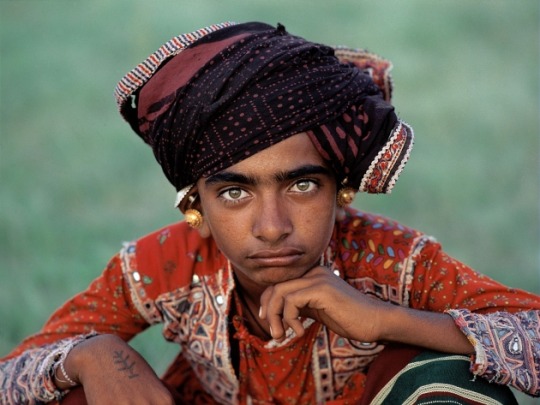Photo
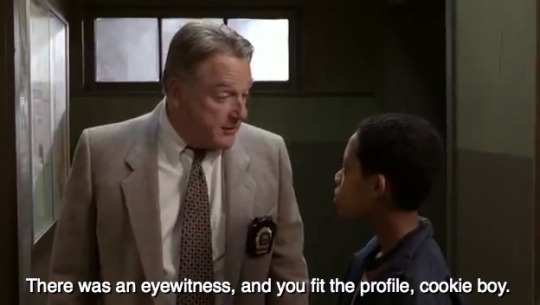
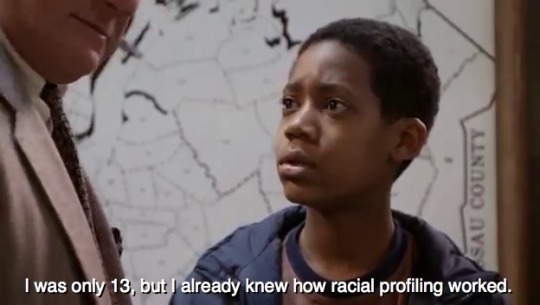


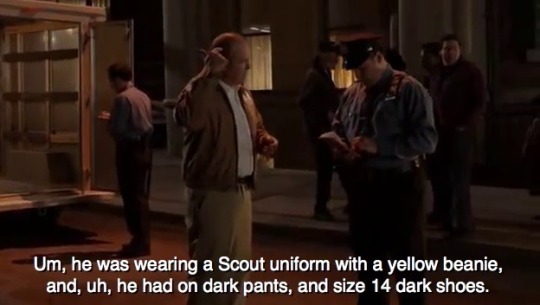


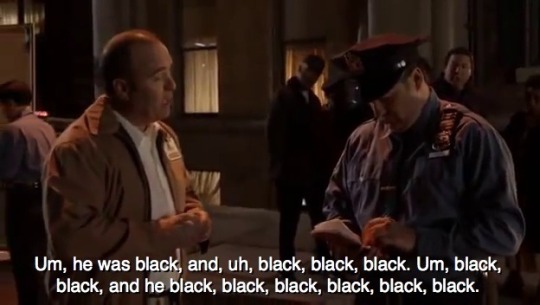

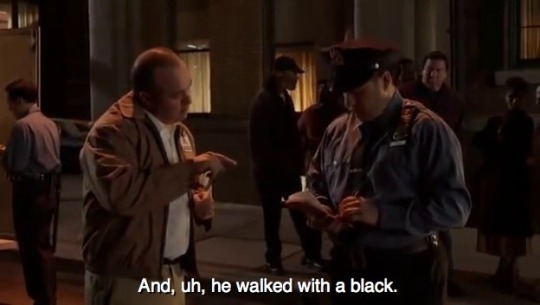
I cannot believe… they let chris rock get away with this
628K notes
·
View notes
Video
tumblr
Israeli police kidnapped a palestinian child earlier today!!
13K notes
·
View notes
Photo

Thank you lord this has been long overdue 🙏🏾🙏🏾 #news #Africa #nigeria #nigerianews #africannews #worldnews
209K notes
·
View notes
Photo

School Girls (Afghanistan)
Photo by: Dave Toycen
34 notes
·
View notes
Photo

Fossil diggers taking time to pray their mid-day prayers, Morocco, Lynn Johnson.
1K notes
·
View notes
Photo

Imam Al-Askari shrine. Samarra, Iraq. 1976
© Charles & Josette Lenars
19K notes
·
View notes
Photo

An Afghan refugee girl at a makeshift school on the outskirts of Islamabad, Pakistan.
2K notes
·
View notes
Photo

Ramadan in Medina, Saudi Arabia 1995, Kazuyoshi Nomachi.
12K notes
·
View notes
Link
In February, after three Arab-American Muslim students were murdered in Chapel Hill, North Carolina, young Muslims across the country mobilized. They organized vigils, launched a successful nationwide canned food drive to feed the homeless in their honor and continue to do other great work in their memory. But just two months earlier, when 15-year-old Somali Muslim Abdisamad Sheikh-Hussein was brutally murdered in Kansas City, Missouri, as he left his mosque, there was no collective outrage over his death — no vigils, no call to service in his memory, no op-eds asking for justice in national outlets.
In April, as public anger in Baltimore spiked over the death of Freddie Gray in police custody, the Islamic Society of North America framed the mostly peaceful protests as devolving into “wanton destruction, thievery, looting and arson.” Although the group updated its inaccurate statement after a handful of American Muslim writers and activists called foul, the fact that such a long-standing Muslim community institution could be so off base on the continued systemic violence being perpetrated against African-Americans is indicative of a deeper problem that goes far beyond the leadership of any one Muslim organization.
Put simply: South Asian– and Arab-American Muslims have a race problem. To understand the extent of that problem, look no further than how black Muslims are treated in American Muslim communities.
Black Muslims, which include African-Americans and immigrants from African countries, make up nearly a quarter of American Muslims. Yet they are often left out and ignored by their co-religionists. African-American Muslims in particular are segregated out of mosques dominated by South Asian– and Arab-American Muslims. Referring to black Muslims as abed, or “slave,” is commonplace among some Muslim communities, and many South Asian– and Arab-American families discourage if not outright forbid their children to marry them.
None of this is new. American Muslims constitute the most racially diverse religious group in the country, yet there is a long history of intrafaith racism against black Muslims. The roots of this racism are multifaceted. Immigrants from South Asia come to the U.S. with a host of cultural beliefs and remnants of colonial thinking that place apremium on lighter skin. For example, India, home to 180 million Muslims, has a skin-whitening-cream market worth $500 million annually. Immigrants from the Middle East hail from a region whose slave trade commoditized at least 10 million Africans, particularly women, over millennia. Saudi Arabia and Yemen abolished slavery only in 1962, and today, there are frequent reports of abuse and exploitation of African and Asian domestic workers throughout the region.
American Muslims of South Asian or Arab descent can be mobilized in response to injustices against members of their faith community as long as the victims are not black.
Many Middle Eastern and South Asian Muslims view Arab culture as a proxy for Islamic authenticity, thereby denying the legitimate spiritual expressions of others. Against the racial context in the United States, it’s not difficult then to see how this intrafaith racism and implicit bias against black Muslims persists. After all, as historian Vijay Prashad explains, “Since blackness is reviled in the United States, why would an immigrant, of whatever skin color, want to associate with those who are racially oppressed?”
Some might argue that racism within American Muslim communities is a generational problem, not least because most mainstream Muslim organizations are led by South Asian and Arab immigrants who arrived in the U.S. at the height of racial tensions in 1960s and ’70s. True, American Muslim millennials are part of the youth movement that helped elect the country’s first black president.
But just as having a black president did not make the U.S. a postracial nation, being a young South Asian or Arab American Muslim doesn’t inoculate us from the racial bias that permeates our faith communities. While overt racism may become less common as more millennial Muslims assume the leadership of Muslim advocacy organizations, the lack of reaction to the Sheikh-Hussein murder and more recently, the killing of Usaama Rahim — the 26-year-old black Muslim shot by Boston police on June 2 during a terrorism investigation — demonstrate that complacency in response to violence perpetrated against black Muslims may not.
The takeaway, however uncomfortable, is clear: At the grass-roots level, American Muslims of South Asian or Arab descent can be mobilized in response to injustices against members of their faith community as long as the victims are not black.
The Quran commands Muslims to “stand out firmly for justice” even if it that means going “against yourselves or your parents or your kin.” Holding Muslim organizations such as the Islamic Society of North America accountable on issues of race is an important aspect of living out that command, as is the work of new organizations such as Muslims for Ferguson and Muslims Make It Plain. But South Asian– and Arab-American Muslims must also take a hard look at the overt and subtle forms of racism and bias in their communities and mosques. New grass-roots organizations such as the Muslim Anti-Racism Collaborative, a nonprofit that provides anti-racism education to American Muslim communities, are modeling how American Muslim institutions and communities can best do that.
If we do not address intrafaith racism and complacency in response to it and Friday prayers continue to be the most racially segregated aspect of American Muslim life, efforts to tackle racism in the wider American society will ring hollow, no matter how well crafted the public statement.
271 notes
·
View notes

